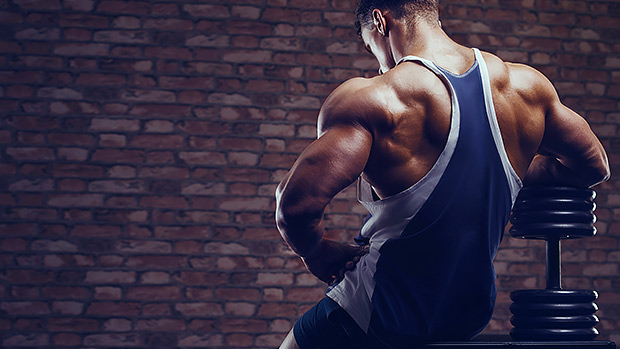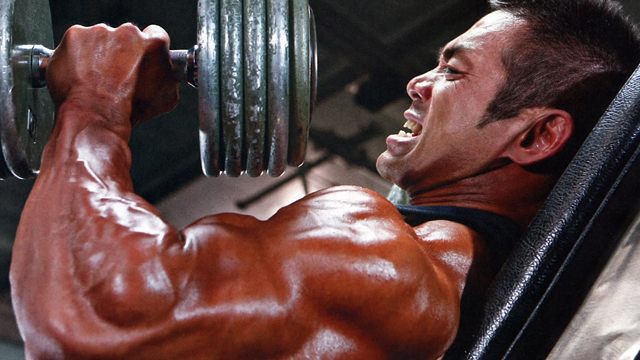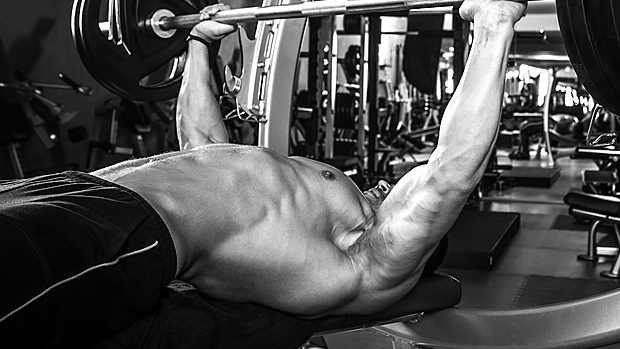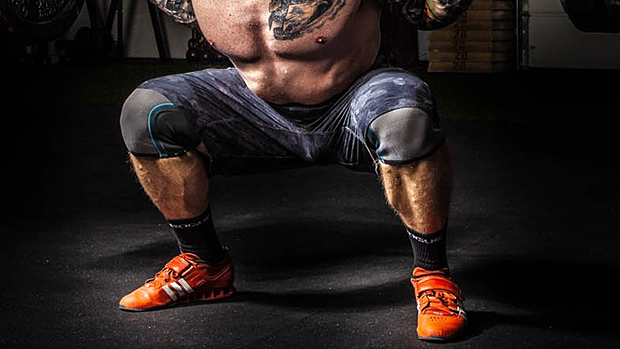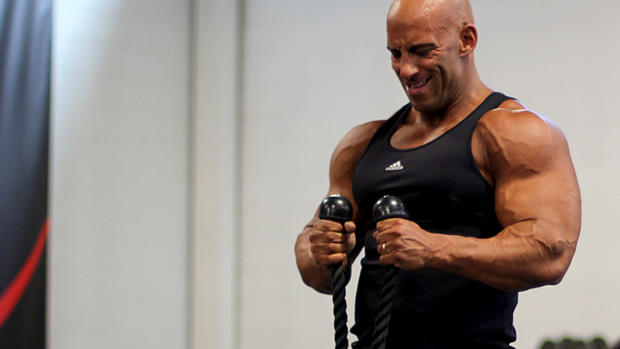For years, upper back exercises have been packaged and sold as an antidote for achy shoulders, immobile shoulders, or even rounded shoulders (forward leaning posture), all of which are commonly associated with high volumes of pressing exercises.
Ironically, most pulling exercises, especially bilateral (two-armed) ones with an emphasis on scapula retraction, can actually steer you deeper into those same troubled waters. Fortunately, there's an easy fix.
Here's how to build a muscular upper back that looks good and actually helps you move and feel better, too.
Defining the Problem
Human bodies are made of hot, wet, biological tissues that are highly malleable. Put a muscle under a repetitive load and, over time, it'll change its shape and thickness to meet the demand – it will adapt.
These adaptations create a bias toward overdevelopment of certain tissues, which, in turn, are reflected more globally in a person's posture. When you have a group of people who subject their tissues to substantially the same types of stresses for years or decades, common patterns start to emerge.
One of those patterns is excessive back extension, particularly for those people who do a lot of compound weightlifting performed mostly in the sagittal plane (back squats, deadlifts, bench presses, and pull-ups, for example). Think chest and rib cage pointed up and forward, deep lumbar arch, and anterior pelvic tilt.
Most people are willing to make this trade-off to get really big and strong, but the costs are decreased movement variability, muscle imbalance, and potential for injury.
Because of the mechanics of the shoulders and rib cage, one simple way to offset some of these costs while continuing to forge ahead with training is to replace some of your bilateral back exercises with unilateral ones.
Here are a few ideas to try:
1. Long Seated Alternating Cable Row
One of the most common problems you see with people who are biased toward back extension is a limitation in posterior humeral glide, causing the humerus to push forward when the elbow is pulling back during shoulder extension exercises.
This happens during back extension because all of the muscle and bones on the backside of your body move closer together, creating a zone of high pressure. Then, when you try to bring your arm back – which is sitting in a kind of mid-neutral zone – the high pressure blocks it, pushing the humerus forward towards low pressure and giving you that dimple on the back of your shoulder.
It's just physics – pressure moves from high to low and not the other way around.
By reaching forward with the opposite arm at the same time you're rowing back, you effectively put a pressure release valve in the upper back, allowing the humerus to move back with the rest of the shoulder complex.
2. Alternating Chest-Supported Row
Here we're using the same strategy, but this time we have a passive support to facilitate expansion, or decompression, of the upper back. By lying on your chest on the bench, you're creating compression of the anterior ribs and chest, effectively blocking the flow of air entering the lungs from moving your rib cage forward.
Instead, all the air is pushed toward the back, filling your posterior ribs and serving as a stretch from the inside—like air stretching a balloon and giving it shape.
In the video, I've placed a rolled-up towel under my stomach to keep my back from overextending into the bench. I'm also squeezing my glutes to keep my pelvis in a posterior tilt—mentally pulling my back pockets towards the back of the knees.
3. Single-Arm Lat Pulldown
Traditional lat pulldowns are a great exercise for building muscle mass, but like all bilateral shoulder extension exercises, they overlook a basic truth of human movement: Our bodies are designed for reciprocal motion.
This is obvious when you think of lower body movements like walking and running. We're upright, bipedal animals that use reciprocal patterns of gait and extensible, elastic tissues to propel ourselves through space.
The same goes for the upper body. Our lats didn't evolve for us to do pull-ups or machine rows. We're built for action, specifically, climbing and running, both of which occur in an alternating pattern. Think climbing a ladder or sprinting from a hungry lion—with integrated contributions from the abs for side bending and twisting.
And here's a variation that uses weights on both sides, alternating sides for each rep.
4. Single-Arm Dumbbell Row
Here's a small but important twist on a classic. Most people don't pay attention to the stance, or support arm during a dumbbell row. As a result, you often see the shoulder blade sticking up in the back with the posterior ribs falling forward toward the floor, like a roof collapsing inward.
This causes the ribs in front to push forward, thus rotating further toward the non-working side and creating more high pressure between the shoulder blades.
A better variation is to use the stance arm as a post, like at the top of a push-up. This brings the serratus anterior and internal oblique into the exercise, which serve to retract the rib cage from front to back and clear the rowing arm for a more natural movement.
I've also elevated my stance leg to make it easier to stay centered over the bench without twisting.
Remember Why You Need These Exercises
Even though heavy vertical and horizontal bilateral-pulling are both important for building muscle mass and strength for the upper back and lats, they don't have magical ratios of pushing and pulling that offset each other.
If you want to add more movement variability to your shoulders and upper body, are working through an injury, or just want to add novelty, reciprocal upper back movements check a lot of boxes.

